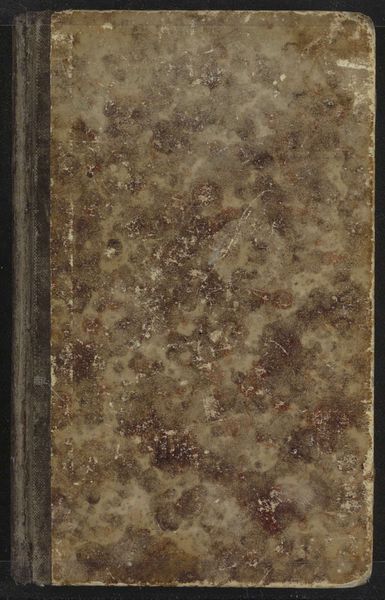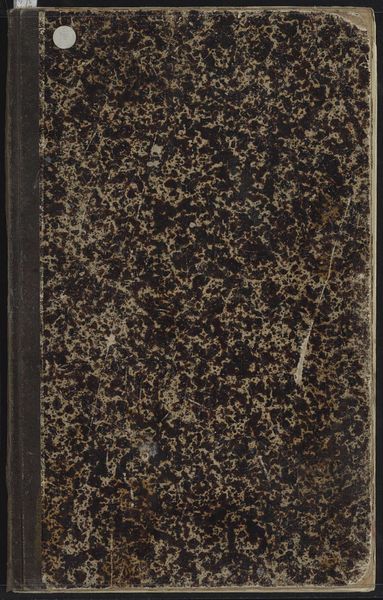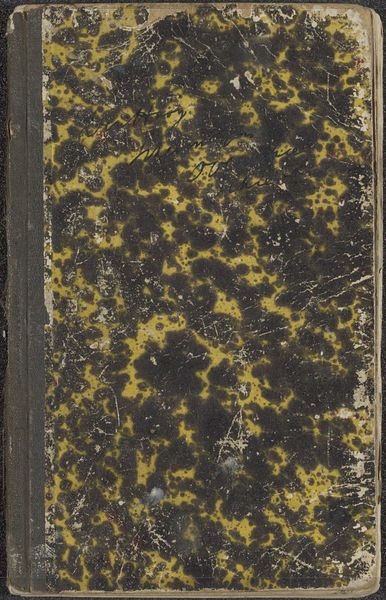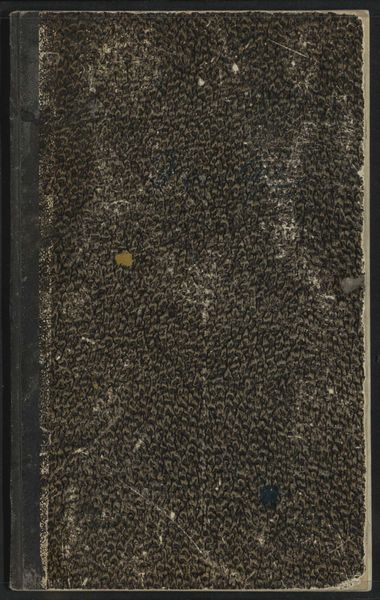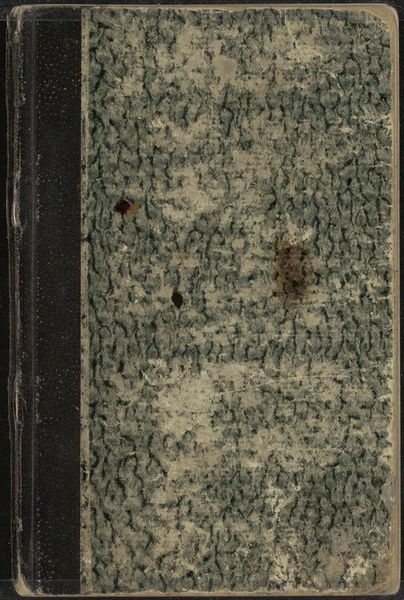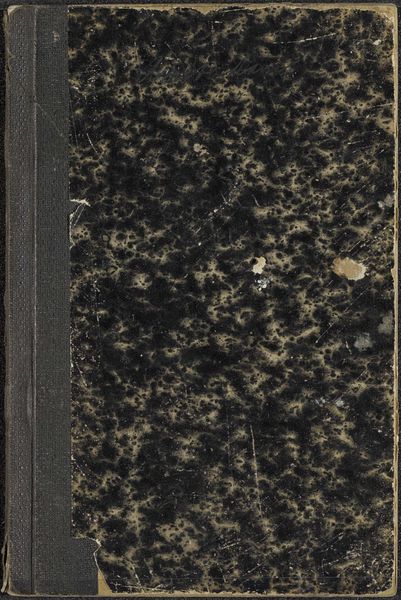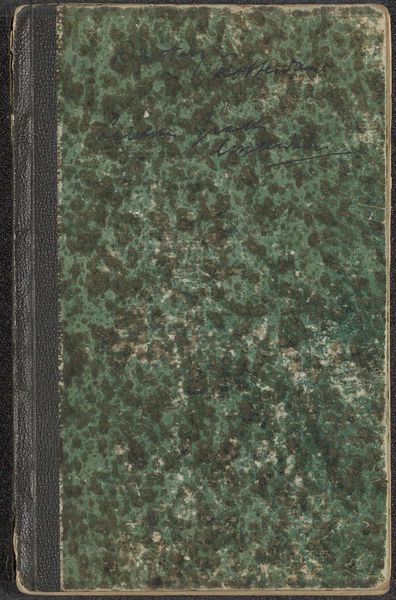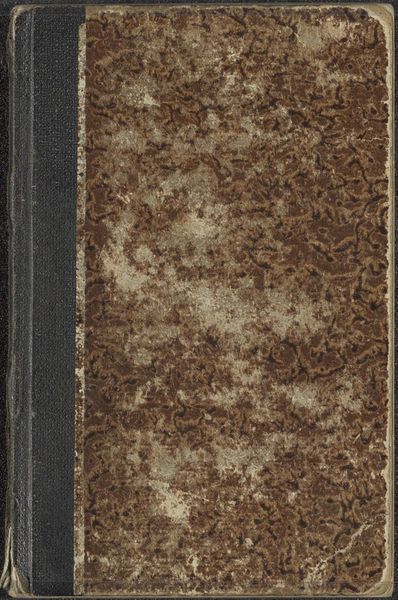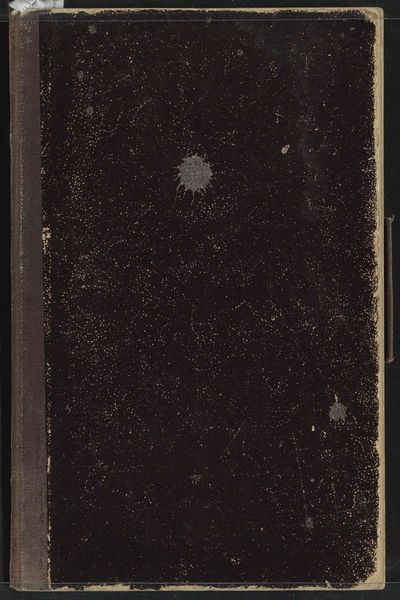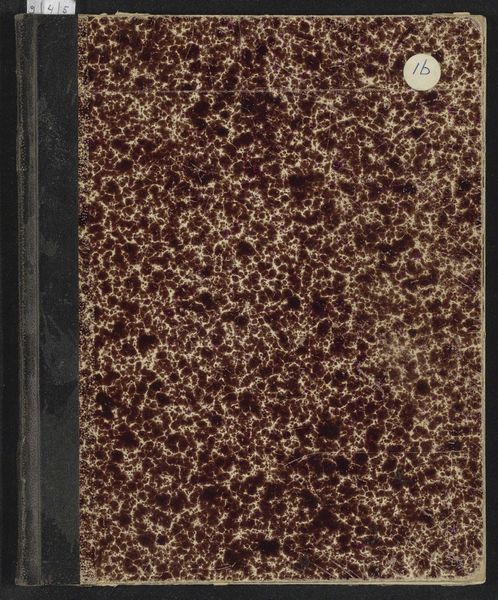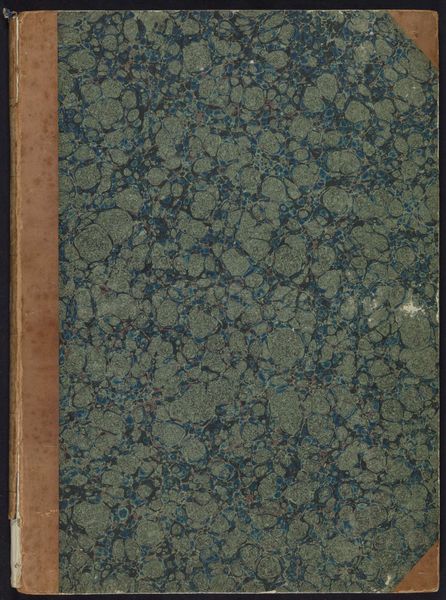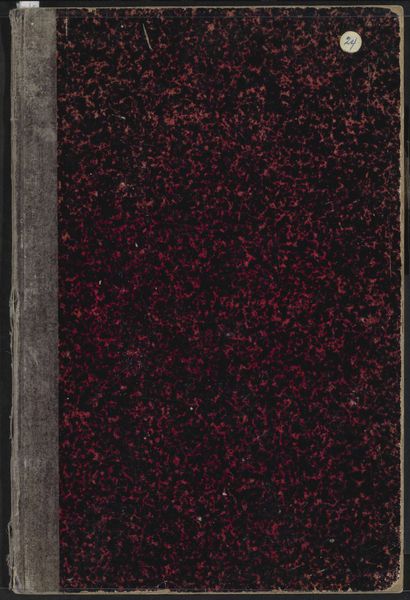
mixed-media, collage, paper, impasto
#
mixed-media
#
organic
#
collage
#
worn
#
paper
#
impasto
#
natural texture
#
organic texture
#
modernism
Dimensions: height 201 mm, width 128 mm, thickness 6 mm, width 258 mm
Copyright: Rijks Museum: Open Domain
Editor: This is *Sketchbook with 19 Leaves* by George Hendrik Breitner, dating from 1884 to 1886. It incorporates mixed media and collage on paper. I’m struck by the textures – it seems worn and almost geological, like looking at a piece of aged marble. What can you tell me about this work? Curator: The apparent randomness you observe is a direct consequence of material agency, chance and decay are essential aspects of the finished product. We see evidence of Breitner engaging directly with his materials. It raises questions about how the “high art” of painting can incorporate, or even imitate, the "lower" crafts. Look at the layering, and consider Breitner's process. What was he aiming to record in this era, how did his material constraints change this work? Editor: I suppose his material constraints would’ve informed which subjects to choose – limiting the amount of space, Breitner might have just sought out a textured cover that could stand on its own. What were sketchbooks usually used for at this time? Was this typically viewed as ‘high art’? Curator: No, sketchbooks rarely were considered finished "high art." The mass production and accessibility of paper sketchbooks positioned them as a functional tool – an accessible medium to many levels of artists at the time. How does it complicate our understanding when an everyday, mass-produced item, is presented in a space like this? It certainly makes me think of commodity fetishism. Editor: That makes so much sense. It’s less about what’s represented on the page and more about the materials *of* the page itself. This perspective completely reframes how I see this artwork! Curator: Exactly. Thinking about art in terms of its materials and means of production really opens up a richer dialogue. I’m glad we could explore this today.
Comments
No comments
Be the first to comment and join the conversation on the ultimate creative platform.
